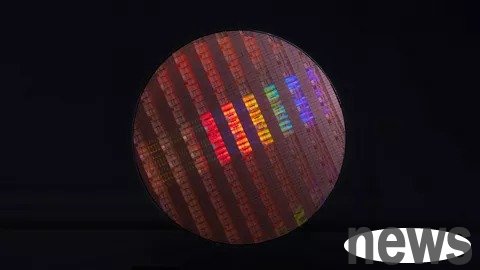
Intel recently issued an order to ASML again, increasing the purchase volume of High-NA EUV equipment from one to two. Highlights companies are closing their capital expenditure focus at 14A.
“We raise our CY27E low-NA EUV units from 52 to 56 driven by 2 additional units for Intel (5 vs 3) and 2 additional units for Samsung (7 vs 5). We also raise our CY27E high-NA units from 8 to 10 with Intel increased from 1 to 2 and SK Hynix increased from 1 to 2. " $ASML pic.twitter.com/yygwDnjwv9
— Jerry Capital (@JerryCap) September 23, 2025
The chip size continues to be pushed below 2 nanometers, and the traditional EUV has gradually approached the physical limit, and high-number pore (High-NA) EUV has become a key tool to break through the bottleneck. This type of equipment is regarded as the "strategic material" of major crystalline factories, not only because of its unique technical status, but also because of its cost. The price per station is as high as US$370 million. This enables the ability to undertake the acquisition to have strong financial strength and stable customer orders, such as Samsung, NTD and SK Hynix.
The reason why Intel dared to increase investment at this moment is also related to the external financial support it has recently obtained. Including NVIDIA's $5 billion in invoice and $2 billion in silver investment, Intel's cash flow and capital expenditure capabilities have significantly strengthened. This additional fund provides the company with a difficult "respite" and allows the company to spend a lot of money on the most important points and take advantage of advanced processes.
Intel's current goal is quite clear, focusing on the 14A process, and through High-NA EUV technology, it even challenges Telco and Samsung's leading position. But the risk is equally huge. Intel High-Level has publicly stated that if 14A cannot successfully attract customers to adopt, the company will have to withdraw from the competition at high-end stages, and the future of the entire IFS (Intel Foundry Services) business will be at stake. This is equivalent to betting on "success" completely at 14A, which is a luxury game with no way out.
However, even if the purchase increases, there are still changes in whether the equipment itself can be truly converted into a process breakthrough. High-NA EUV is just one of the circles, and the yield, design tools, and production link agreements will determine the final result. For Intel, the next few years will be a key window to determine fate, and the market will continue to test whether this high-risk investment can be transformed into a real opportunity to turn around.
Intel Reportedly Increases ASML High-NA EUV Equipment Orders, Aiming to Nail Cutting-Edge Chips Like 14A